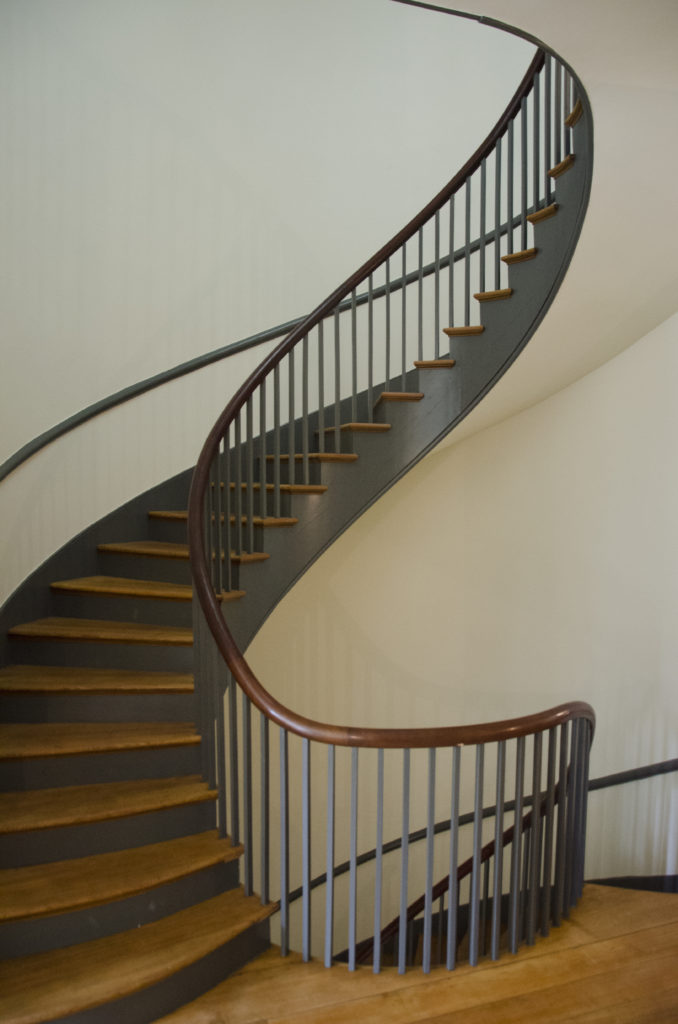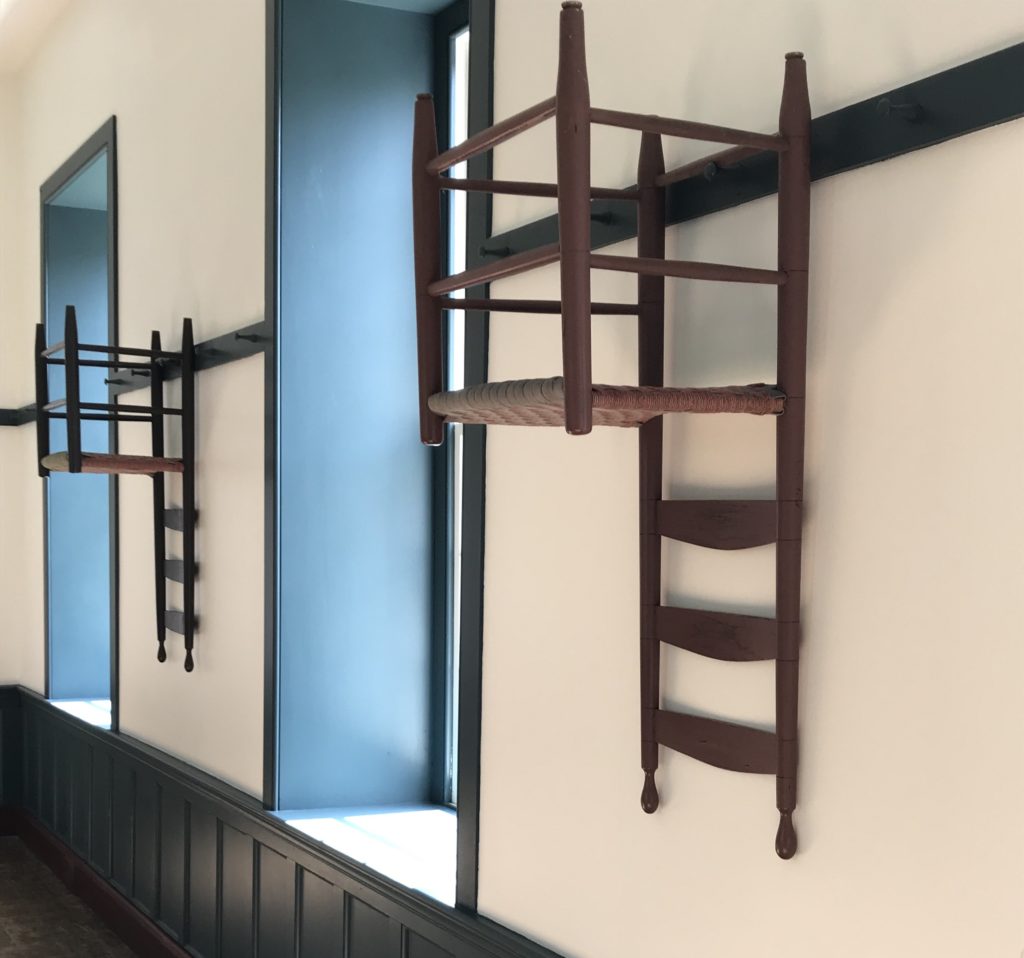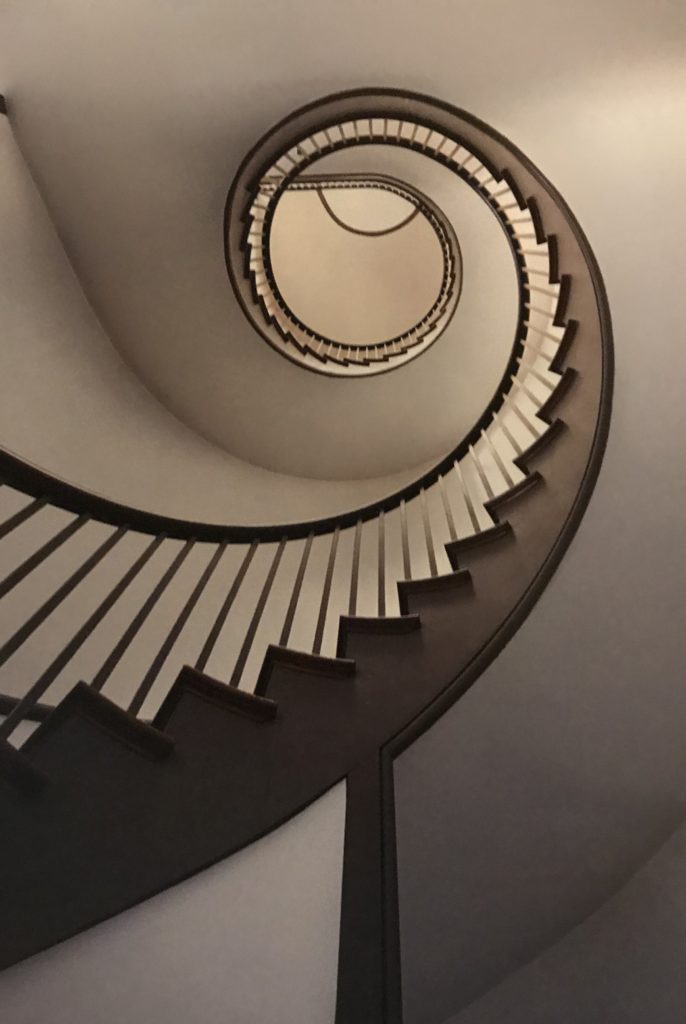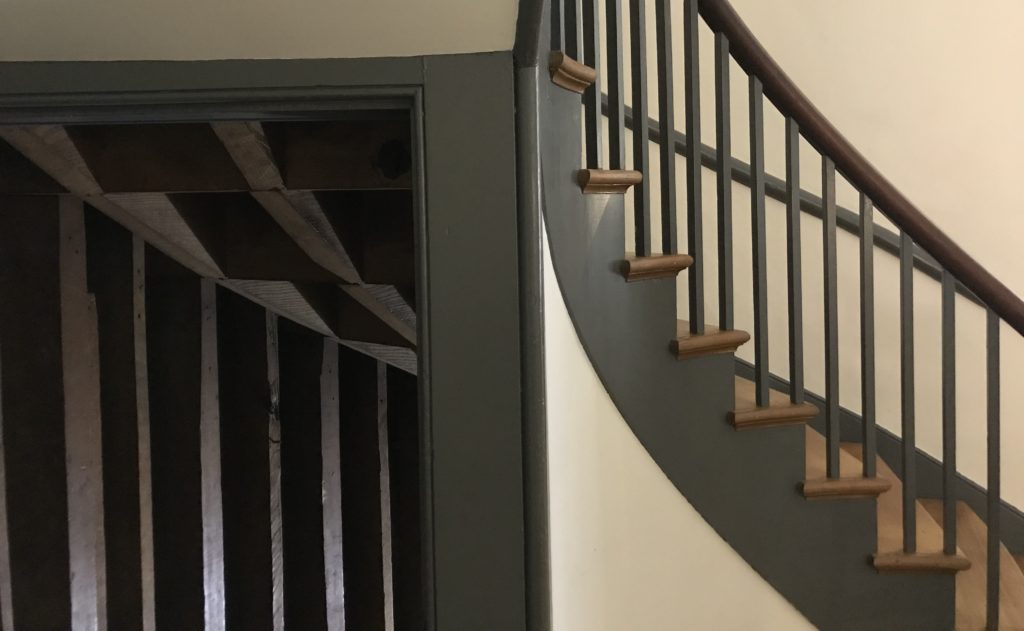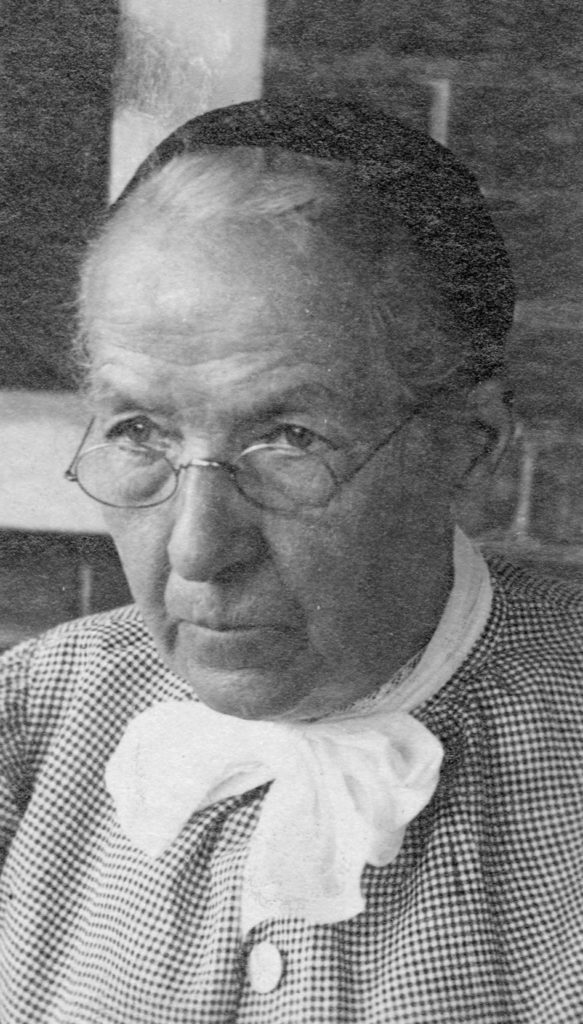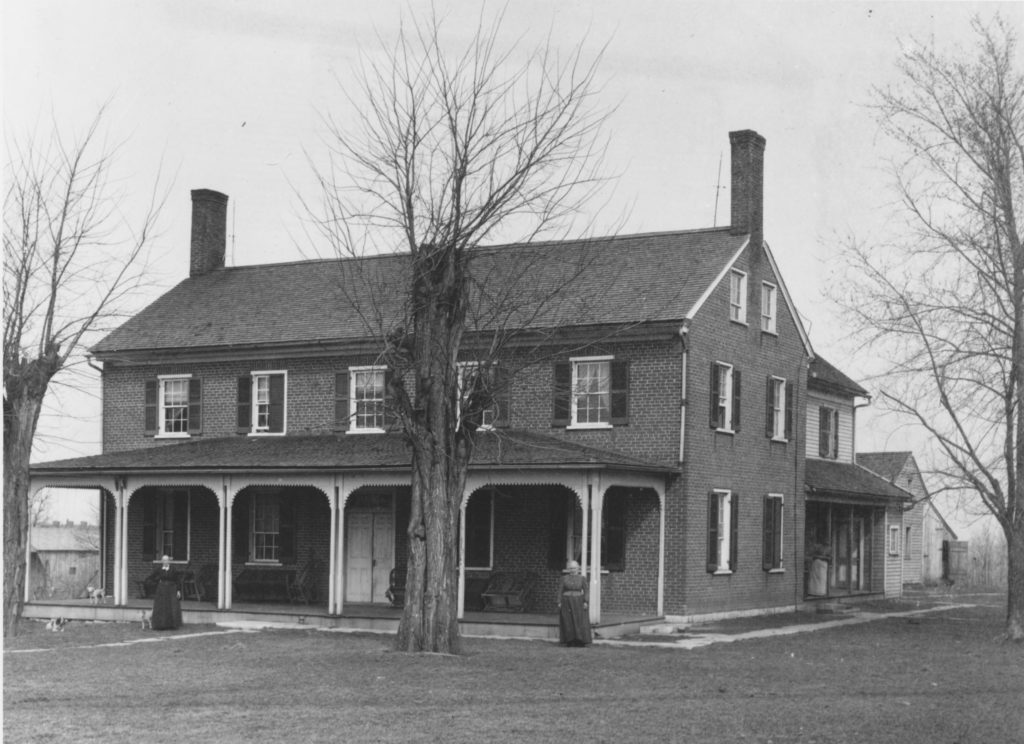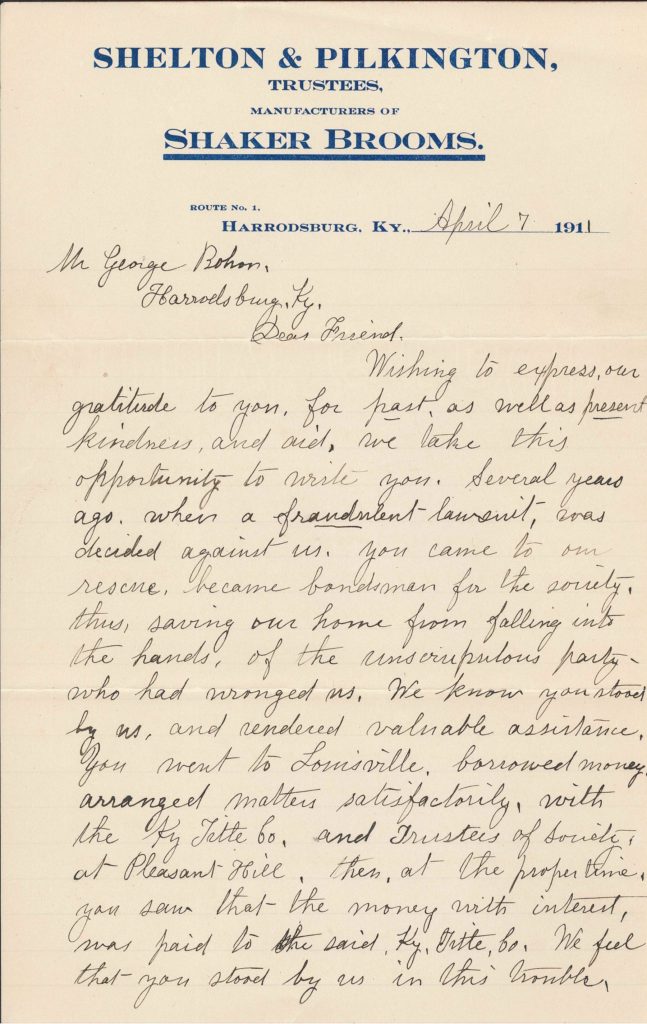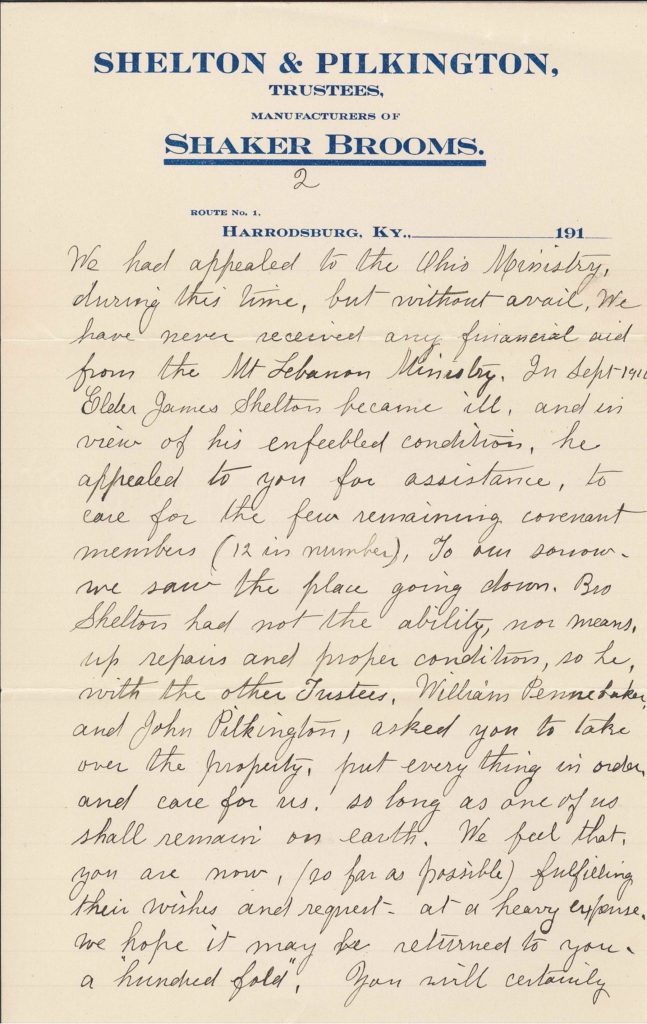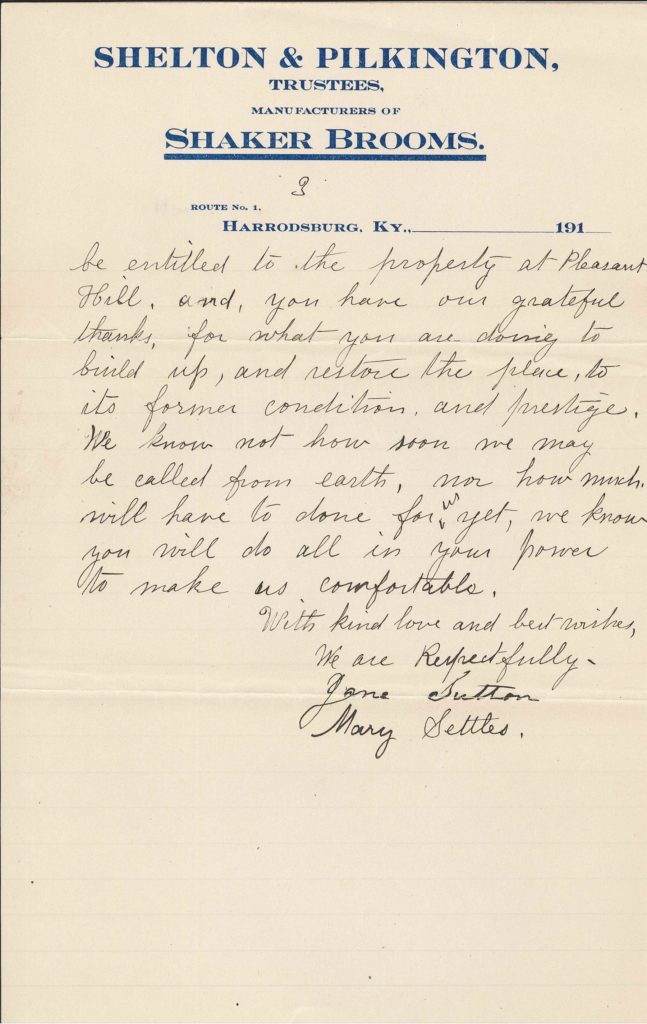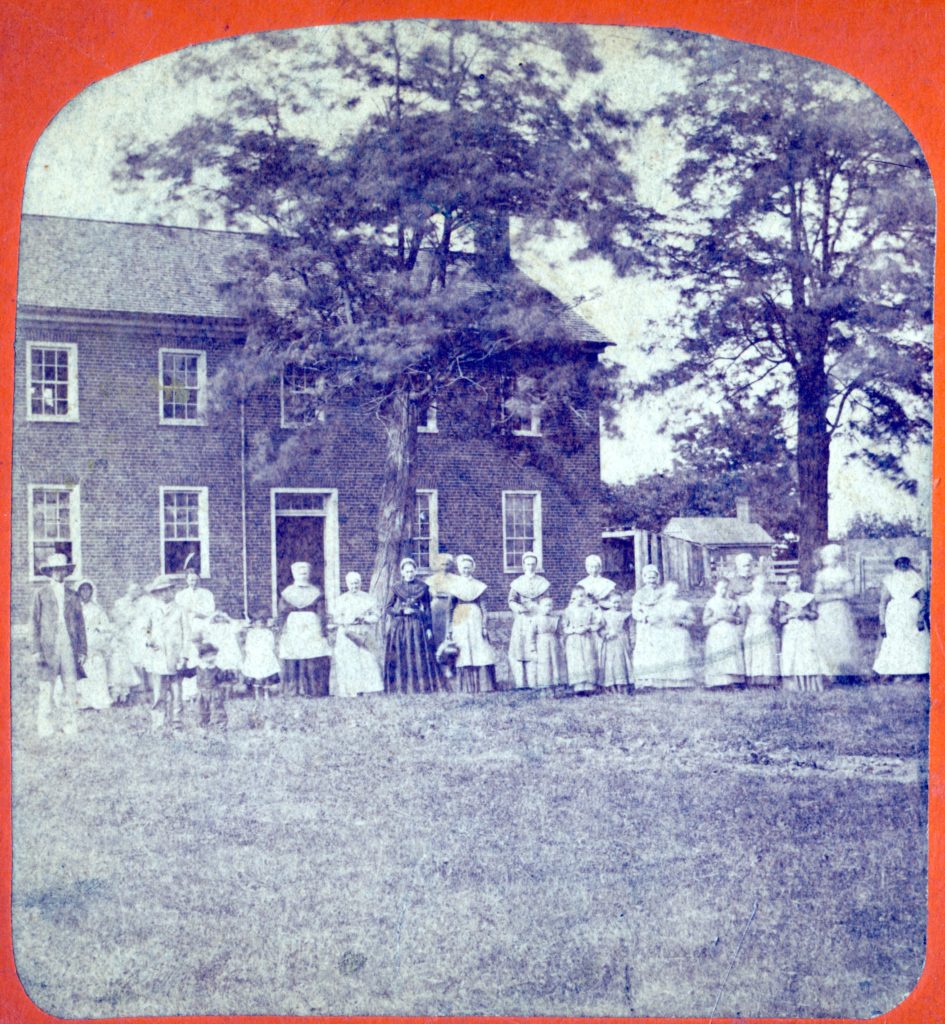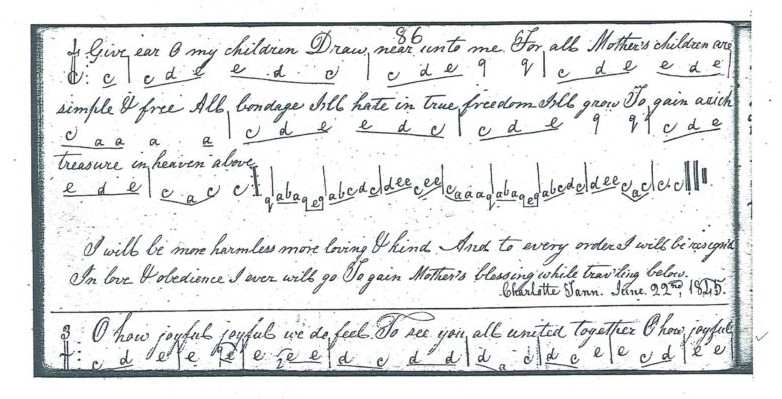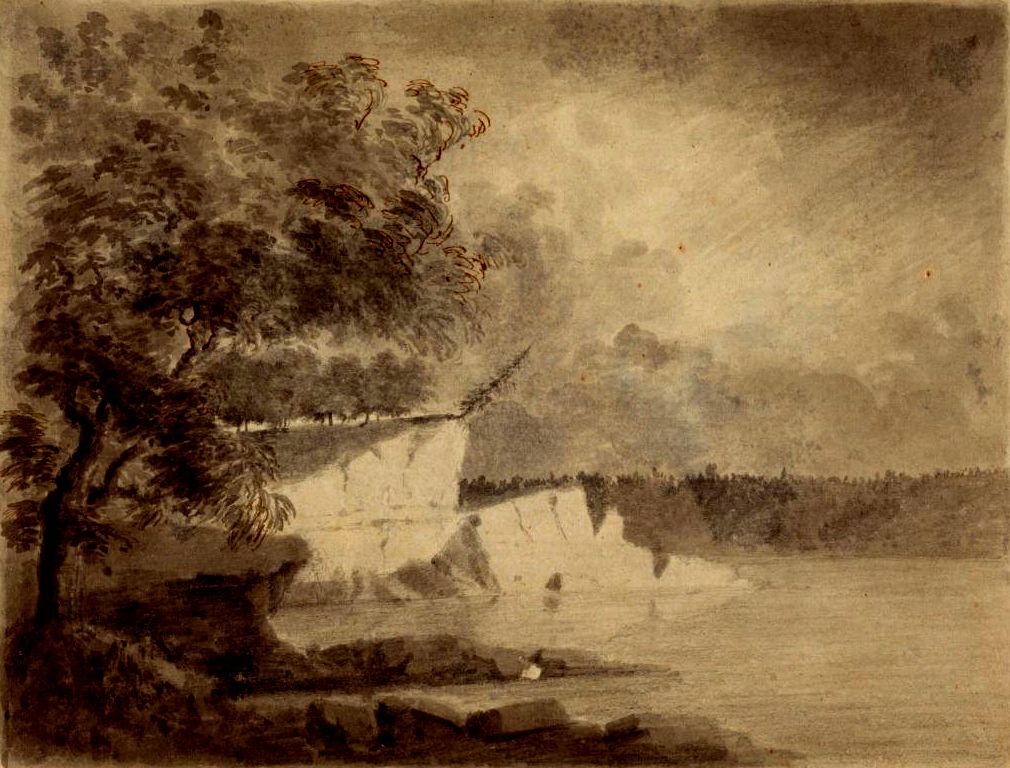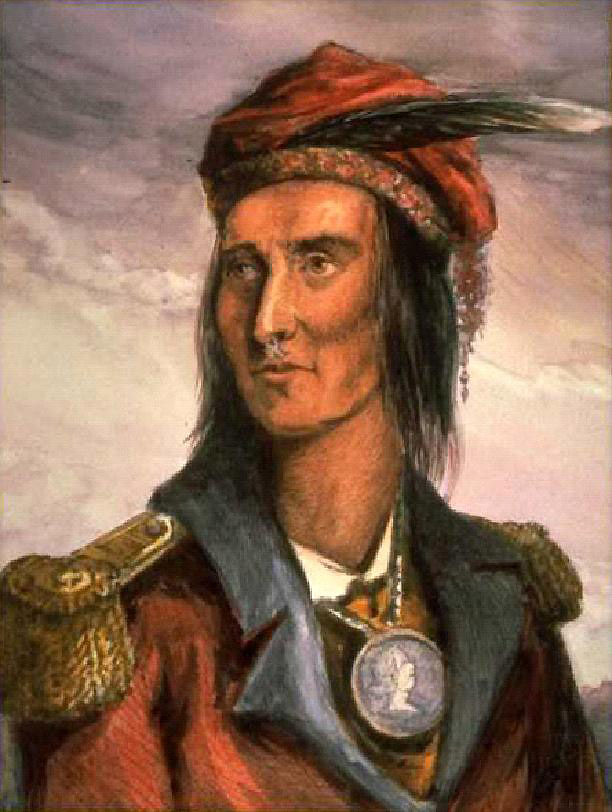Laura Webb, Program Specialist
“I visited here in 1993 and remember seeing an interesting clothes press. Where is that now, and can I see it again?”
“These journal excerpts are fascinating! Can we read the whole thing?”
“Do you have any other examples of Pleasant Hill oval boxes I could look at?”
“Can anyone go poke around in your archives, or only researchers?”
“Where’d all the stuff go that used to be in this building?”
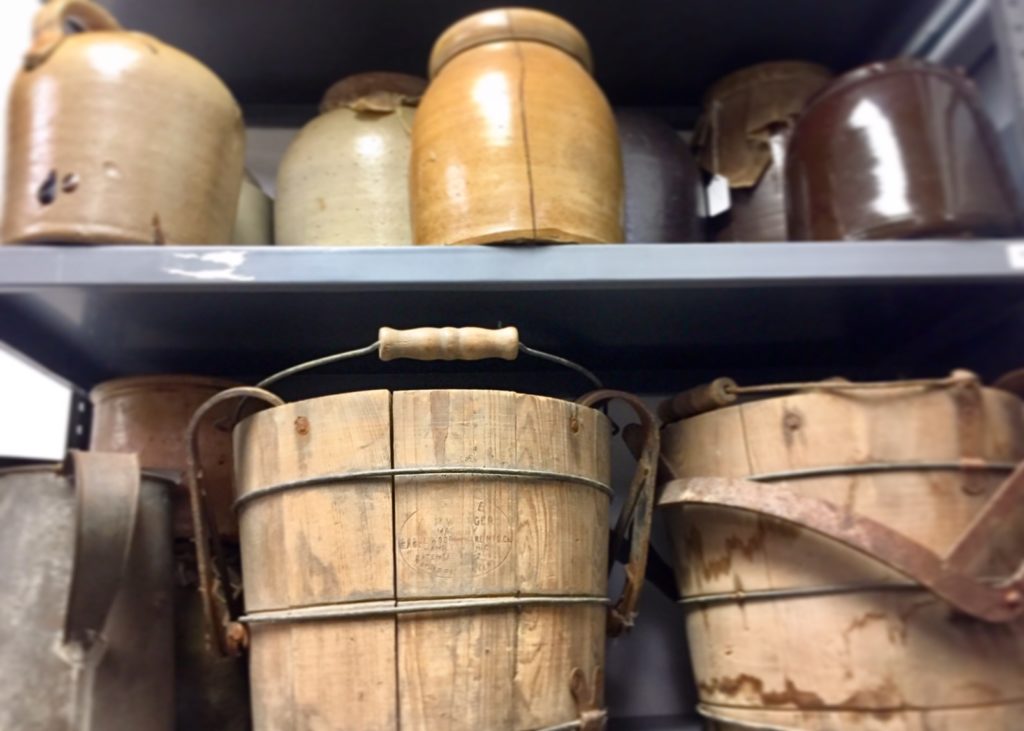
As historical interpreters working with the public, my colleagues and I often receive questions about our artifact collections. You may already know that we’ve had to shuffle many of our artifacts due to recent preservation work, including in the Centre Family Dwelling. What you may not know is that our artifacts on display are just the tip of the iceberg of what we have in our collections!
So, why don’t we have all of this great Shaker “stuff” out for everyone to see all of the time? It’s not because we don’t love our visitors (we do) or want you to see them (we do). First, space is always at a premium, and a room packed with furniture doesn’t make the best exhibit. Second, and more importantly, many of our artifacts are fragile — for their conservation, we need to limit how often they are handled, exposed to sunlight and taken out of controlled storage.
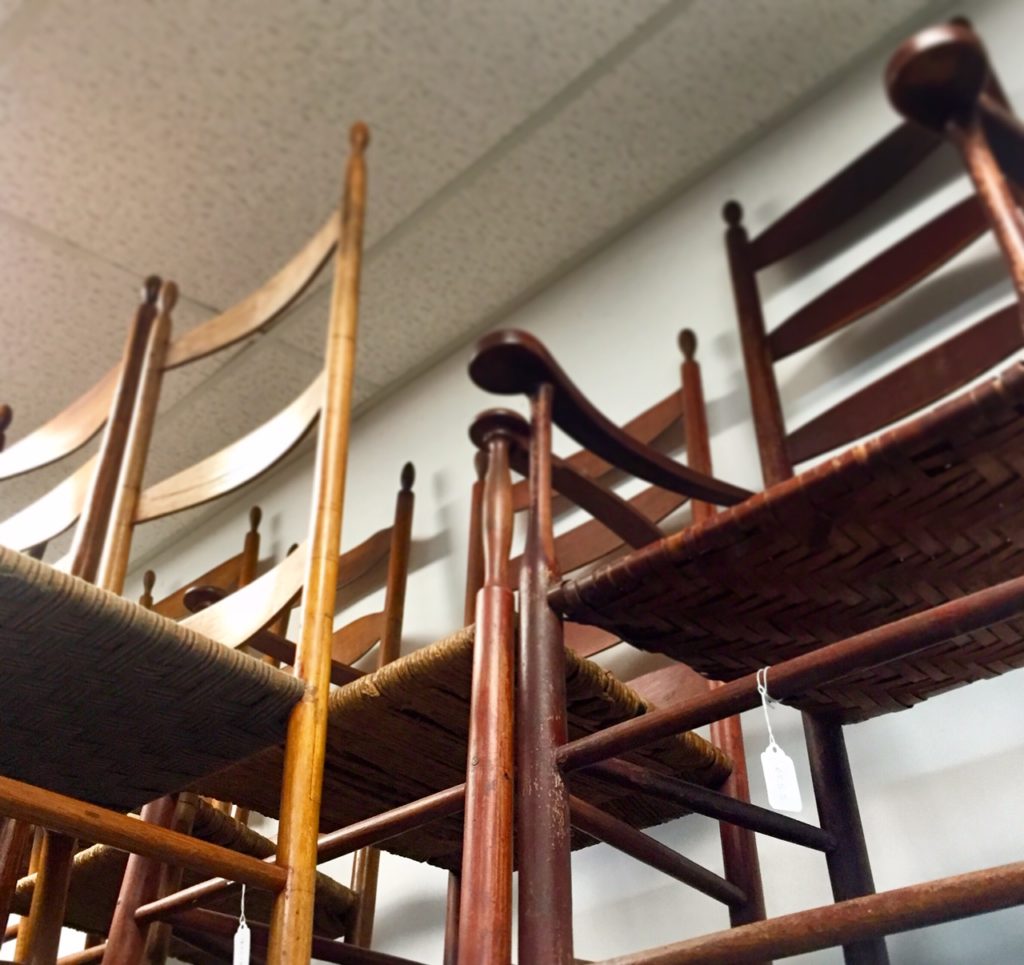
“How can I see the artifacts if they aren’t on display?” I’m glad you asked! With grant funding from the National Endowment for the Humanities, and the help of the internet, the team here at Pleasant Hill are developing a means of digital access to our collections. Anyone with an internet connection can search or browse our documents, artifacts and photographs, regardless of who or where they are. This eliminates the risk of damaging any of the objects. Sounds like a win-win, right?
In order for all of the information to be documented someone (…me) has to:
- Sift through existing digital records with an editorial eye checking for consistency, accuracy and potential missing information.
- Find, or create, and enter in missing information such as images or dimensions.
- Start chipping away at creating records for items that have never been digitized.
With approximately 4,700 object records in our database alone, it’s an elephant-sized task! You know what they say about how to eat an elephant – one bite at a time.
From now until the end of the year, this blog series will go behind the scenes of this project, and tell the stories of some of the objects you’ll see in our database. I’m looking forward to sharing more with you along the way!
Shaker Village of Pleasant Hill was awarded a CARES grant through The National Endowment for the Humanities in June 2020. Funding from this grant award supported two activities to enhance digital humanities initiatives at SVPH, including Laura Webb’s work to review our collection records and prepare them for publishing in a public digital database.
